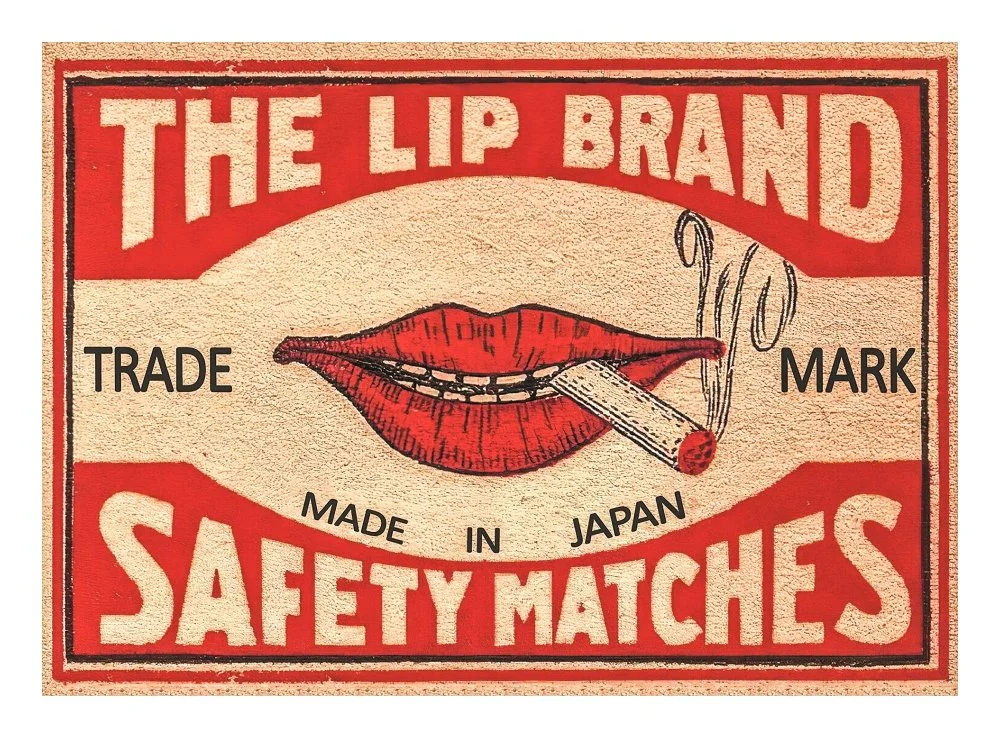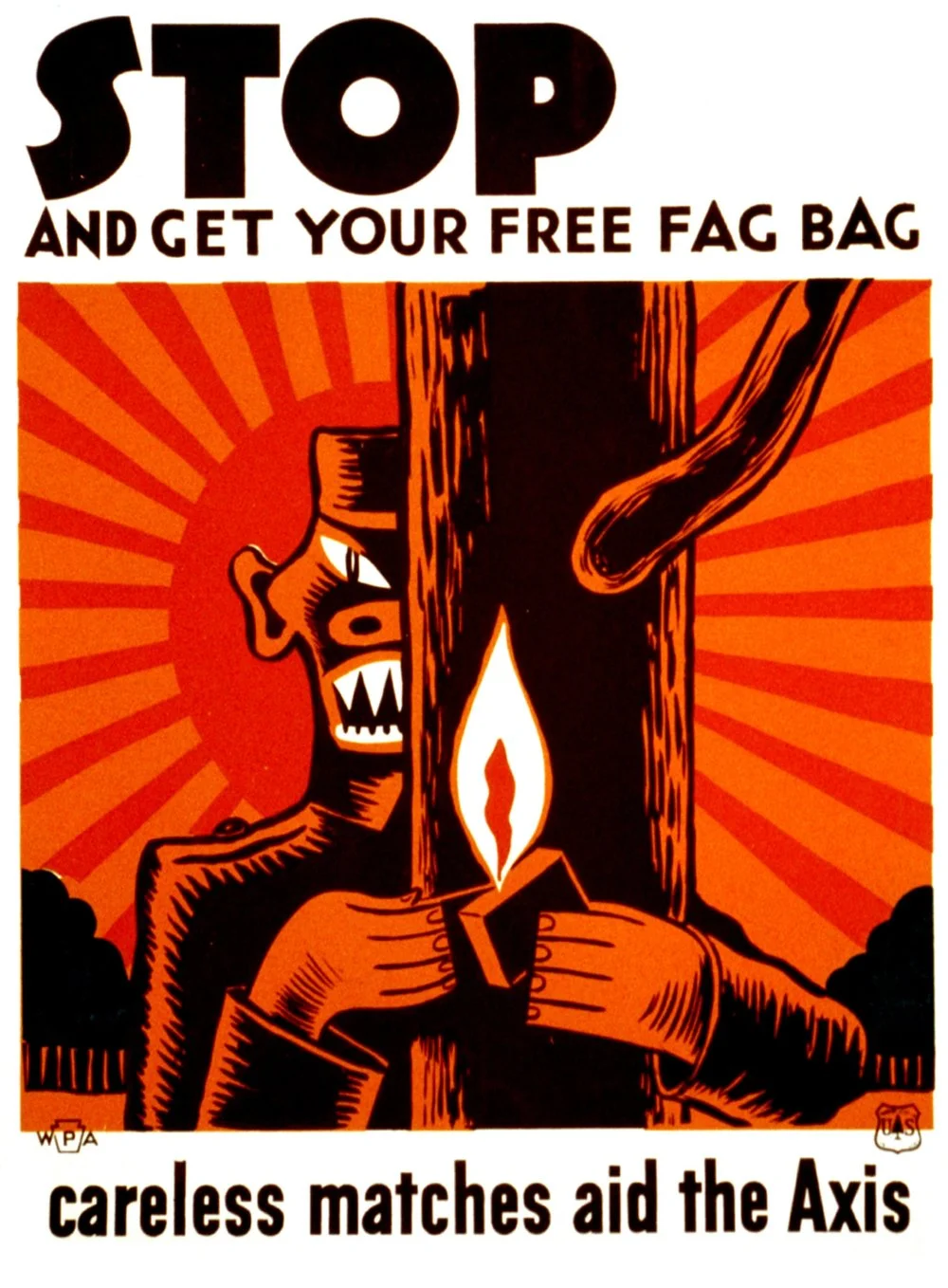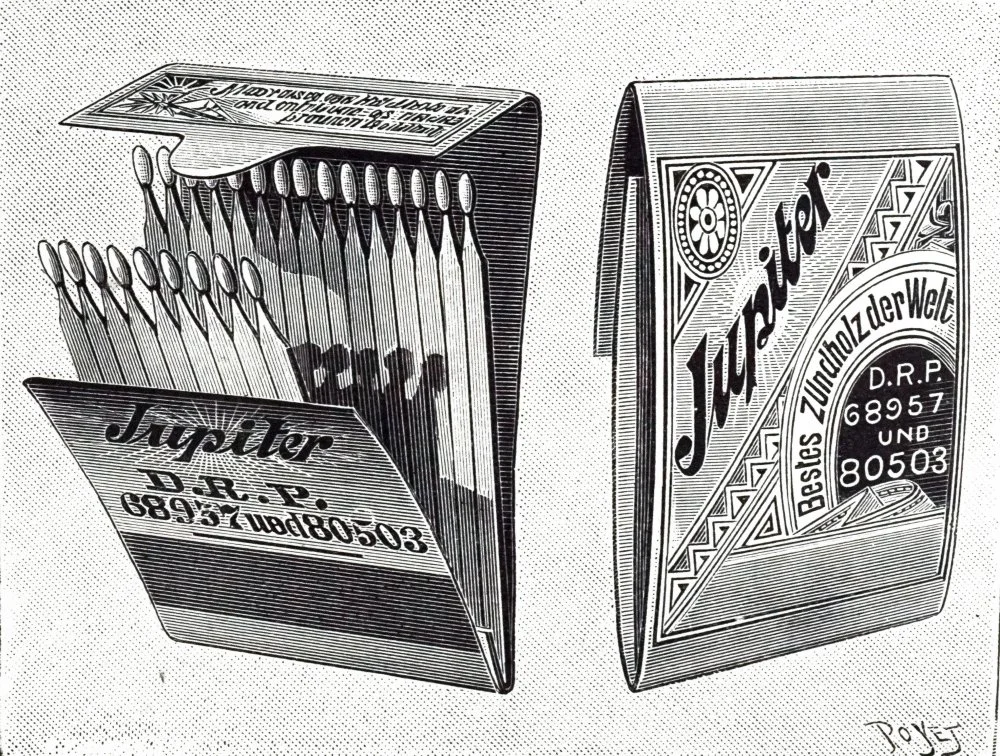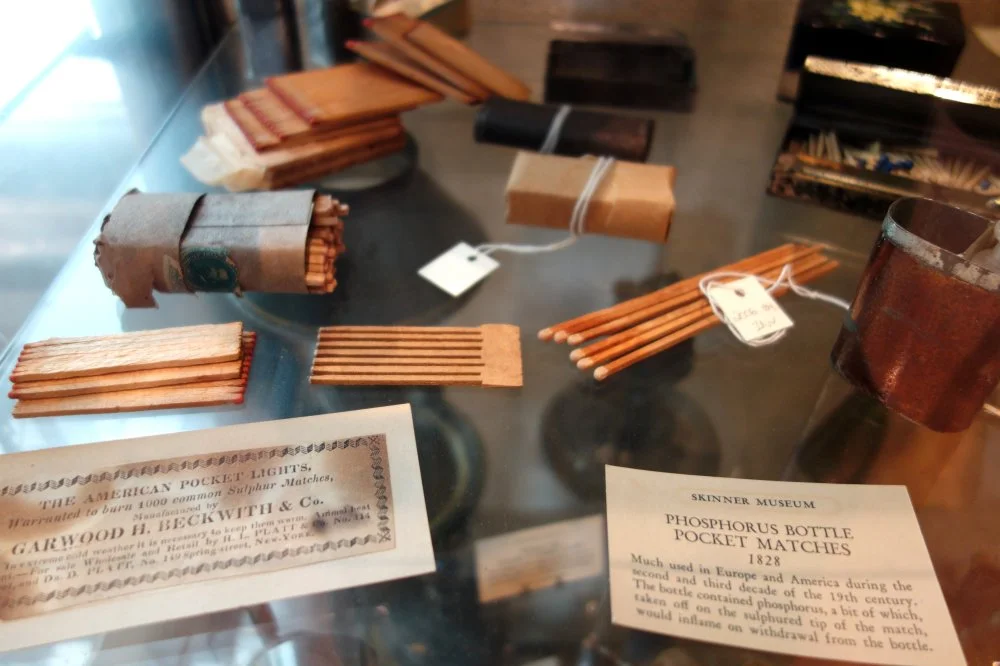Gunpowder, the compass, paper, and printing are usually seen as the four celebrated Chinese inventions that have cemented their place in world history. Unfortunately, matches have not earned a spot in this illustrious group. It was in medieval China that an early form of matches emerged: pine splinters drenched in sulfur. While incapable of igniting a flame on their own, they significantly enhanced the intensity of even the tiniest fire.
The Slave That Fetches Fire
There are three known mentions of primitive matches, and the earliest dates back to the late tenth century. A work titled ‘Notes on the Strange and the Supernatural’, attributed to Tao Gu, mentions: ‘An ingenious individual devised the method of soaking tiny pine splinters in sulfur and storing them for convenience. These splinters ignite upon the slightest exposure to flame, producing a fire resembling a grain head. Initially dubbed “the slave bringing fire”, they acquired the name “inch-long fire sticks” once they began to be traded.’
It is well-known that during Marco Polo’s1


Vintage Safety Matches Match Box Top 'The Lip Brand' Made in Japan. Showing a pair of red female lips with a cigarette smoking between them/Alamy
According to a later writer, Tao Zunyi,3

As we don't know much more about the early versions of matches, let's fast forward a few centuries and almost 10,000 kilometers to the west, to Europe in the modern era.
Trial and Error
The first practically ‘real’ matches were invented in 1805 by the Frenchman Jean Chancel. He saturated the head of the match with a mixture of antimony trichloride,5

Matches even reached distant, snowy Russia. In November 1824, Pushkin wrote to his brother from the Trigorskoye estate. He asked him to send sulfur matches (as well as books, playing cards, mustard, and cheese). Since we’re on the topic of literature, it was sulfur matches that the unfortunate girl from Andersen's heartbreaking fairytale was selling the night she was out in the cold.
Experiments with match head compositions and ignition methods continued throughout the nineteenth century. Inventors tried to solve three main problems: spontaneous combustion, flying sparks, and toxicity. It seems that this was achieved with fairly variable success. For example, one can recall matches invented by the Englishman John Walker (no relation to Johnny Walker whiskey!), improved by the Scot Isaac Holden, and patented by the father of Holden's pupil, Samuel Jones (yes, it’s a confusing story). They were sold under the commercial name Lucifer Matches. Incidentally, you must agree that such a name had to be well-deserved.
For instance, these matches had a tendency to practically explode in your hands, scattering numerous sparks that were a fire hazard. They also smelled like all the sulfur in hell. Interestingly, although they didn't last long on the market, just until the beginning of the twentieth century, in American slang, most matches were commonly referred to as ‘Lucifers’.

The Alchemist Discovering Phosphorus is a painting by Joseph Wright of Derby.1771/Wikimedia COmmons
However, even compared to the dubious Lucifers, the next generation of matches, developed by the Frenchman Charles Soria in 1830 and known as ‘locofocos’7
In 1844, the Swede Gustav Erik Pasch8


Archival drawing from 19th c of phossy jaw by Mutter, via Gizmodo/Wikimedia COmmons
And these are the matches we commonly use today.10

Matches and Politics
Remember the locofoco matches? During the latter half of the 1830s, they lent their name to a faction12
The Locofocos advocated for the working class, supported the principle of laissez-faire,13

Several decades later, on the other side of the Atlantic, matches themselves became the direct cause of serious political upheavals. The bone of contention was white phosphorus. After all, if it was poisonous to the consumer, then for those involved in production, it was downright destructive. There was even a diagnosis known as ‘phossy jaw’, wherein the toxic fumes led to bone decay and teeth loss. It's no wonder that the production and sale of matches was carried out by the poorest and most vulnerable sections of society—women, children, and the disabled.

Entitled: "Stop and get your free fag bag. Careless matches aid the Axis". Poster encouraging use of "fag bag" for disposal of matches, showing stylized Japanese soldier standing behind a tree with a match, with the rising sun in the background. The Feder/Alamy
By the 1880s, the largest player in the English match market was the company Bryant & May: up to 5,000 people worked in its factories, the majority being teenage girls and women of Irish descent. Interestingly, Bryant & May, having bought a license for the production of Swedish matches, also produced them for some time. However, due to the high production cost, they returned to making harmful matches based on white phosphorus.
In 1888, social activist Annie Besant published an article about the appalling working conditions in match factories, including the dreadful harm caused by contact with white phosphorus. The management demanded that the workers issue a rebuttal (sounds familiar, doesn't it?), but they flatly refused. One woman was fired, and a strike erupted like a match, pardon the pun. Within a day, all the workers from one of the factories, about 1,400 people,15
They turned to Annie Besant for help, who rallied progressive society. Among others, George Bernard Shaw16
Meanwhile, activists continued their campaign against white phosphorus, and in 1901, Bryant & May stopped using it in their matches.
A New Advertising Surface
In 1889, an American named Joshua Pusey patented a ‘booklet’ with detachable matches. He soon sold the rights to a company called Diamond Match Company. In 1895, performers from the Mendelson Opera Troupe (not the composer)17

A year later, a young salesman named Henry Trout joined Diamond Match Company. It is unknown whether he knew about the opera matches, but he convinced major manufacturers to purchase huge volumes of matchbooks with advertising on them. The first client was a brewery from Milwaukee, who bought 10 million matchbooks. The second was a certain tobacco magnate who bought 30 million, and the third was William Wrigley, the ‘Chewing Gum King’ (yes, that same Wrigley’s), who bought a billion matchbooks with advertising right away.

An engraving depicting a book of safety matches, which were much safer and more convenient than earlier non-safety matches and a vast improvement on the "Promethean" matches which needed to be dipped into a portable phial of sulphuric acid. Dated 19th century/Alamy
Trout was obviously a business genius—it wasn’t a coincidence that he ended his career as vice president of the company. He understood that selling advertising space and distributing matchbooks with advertisements through his own distribution network was much more profitable, both for him and the advertisers, than supplying them with large quantities of ready-made matches. And so, off this idea went.
Diamond Match Company basked in advertising money until the Great Depression,19
By the end of the Second World War, America was churning out half a trillion20

Exhibit in the Joseph Allen Skinner Museum, South Hadley, Massachusetts, USA/Wikimedia COmmons
Then came the era of cheap disposable lighters, electric stoves, and gas stoves with built-in igniters. Meanwhile, efforts to combat smoking intensified. Matches lost their former household significance, but to this day, a respectable restaurant or hotel may offer you a matchbook adorned with their branding. Diamond Match Company remains active to this day, producing around 12 billion matches each year.21
